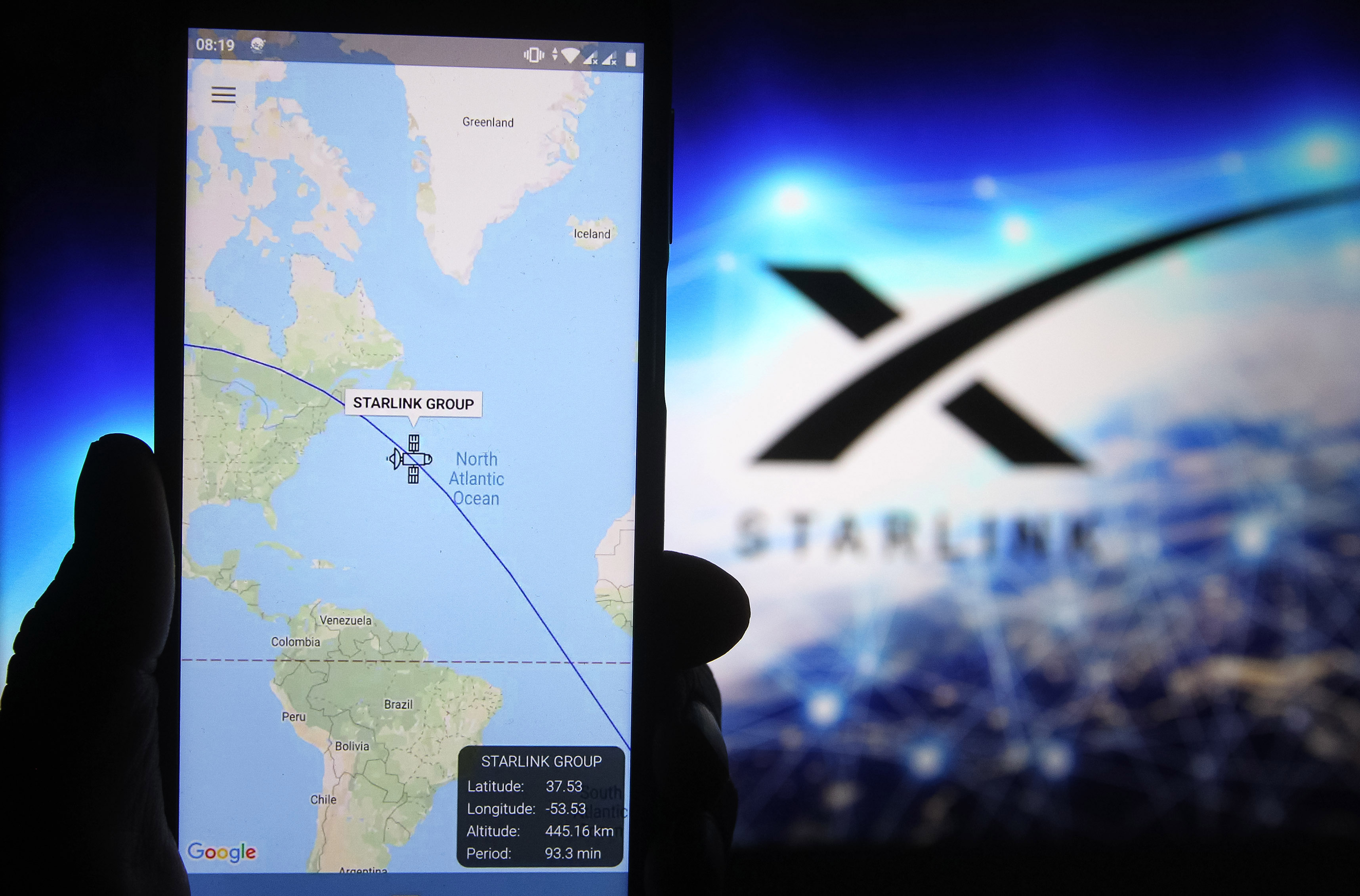
For the 1,000 to 5,000 seasonal workers on Antarctica, Netflix streaming is about to get a whole lot better thanks to Starlink.
SpaceX CEO Gwynne Shotwel has announced that the company hopes Starlink will achieve global coverage by September.
- Starlink review
- Starlink internet coverage, speed, cost and the latest news
- Plus: Starlink dishes shutting down in extreme heat
Via Reuters, Shotwel said, "We've successfully deployed 1,800 or so satellites and once all those satellites reach their operational orbit, we will have continuous global coverage, so that should be like September timeframe," She made her comments during a tech conference webcast for Macquarie Group Limited, an Australian investment bank and financial services company.
Even then, there are other challenges ahead for Starlink beyond launching satellites into space.
"We have regulatory work to go into every country and get approved to provide telecoms services," said Shotwel.
At the moment, Starlink is aiming to launch 12,000 satellites into orbit. At the current rate, it's expected that SpaceX will achieve that goal by 2030. But that's really only the first part of Elon Musk's satellite mega constellation plans. Ultimately, SpaceX wants to have 42,000 low-Earth orbit (LEO) satellites in orbit, which will take a few decades to accomplish.
At the moment, Starlink is operating in 11 countries and above certain latitudes. But as more satellites go into orbit, it increases the load and range the network can handle. Even if by September Starlink is able to achieve global coverage, it likely will not be the same consistency that cable internet users are accustomed to. But for those in rural parts of the world, having access to quality internet some of the day is better than dealing with subpar dial-up or DSL.
Sign up to get the BEST of Tom's Guide direct to your inbox.
Get instant access to breaking news, the hottest reviews, great deals and helpful tips.
- More: These are the best Wi-Fi routers
Imad is currently Senior Google and Internet Culture reporter for CNET, but until recently was News Editor at Tom's Guide. Hailing from Texas, Imad started his journalism career in 2013 and has amassed bylines with the New York Times, the Washington Post, ESPN, Wired and Men's Health Magazine, among others. Outside of work, you can find him sitting blankly in front of a Word document trying desperately to write the first pages of a new book.

